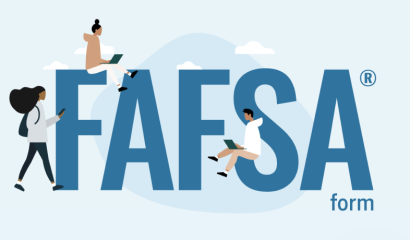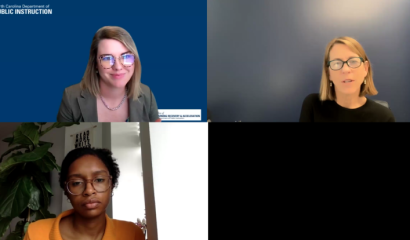Watch & Listen
Want to listen to an EWA Radio podcast episode or find a webinar you missed live? Find multimedia recordings and more in Watch & Listen.
The Chronicle of Higher Education’s Eric Hoover helps journalists make sense of the “FAFSA crisis of 2024” and explains why it’s a story about race, ethnicity and socioeconomic inequality. (EWA Radio 342).
Schools need to commit remaining pandemic-relief funds this September. Experts helped reporters evaluate the financial outlook for their school districts.
Maryland is a diverse state, but Black teachers are leaving the profession at a higher rate than teachers of other races. Journalist Kristen Griffith explains why and shares why she’d like to see more education stories about certification and licensing (EWA Radio 341).
Experts highlight how states are utilizing a variety of policy levers to support early learning in the webinar recording.
Learn about concentrated poverty in communities and how to evaluate school funding formulas created to address the problem. (EWA Radio 340)
EWA produced this public session at the SXSW EDU Conference on March 5, 2024, in Austin, Texas.








